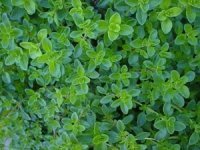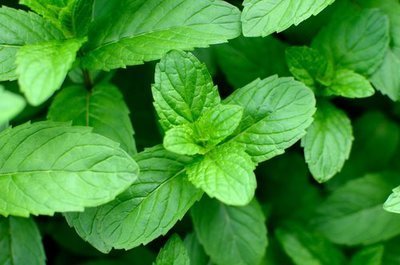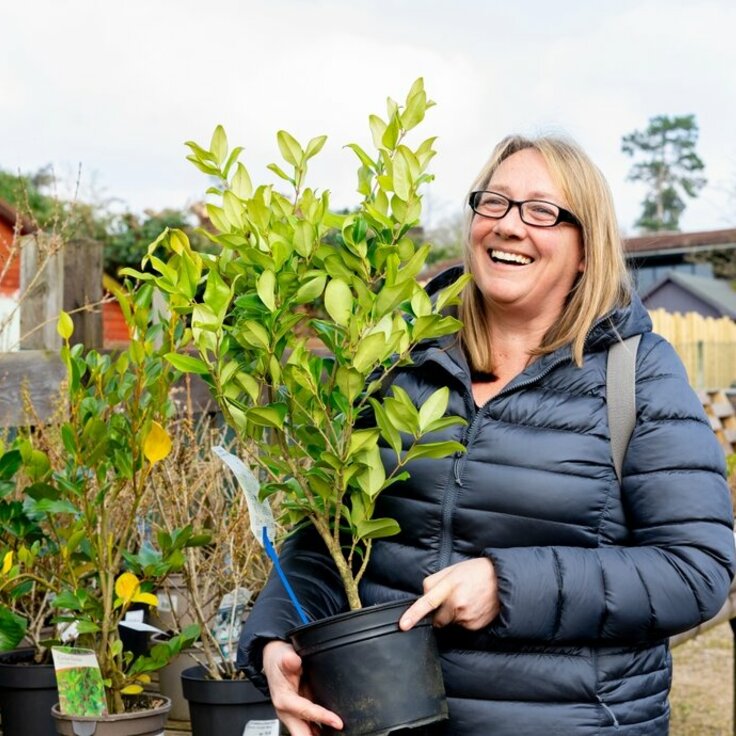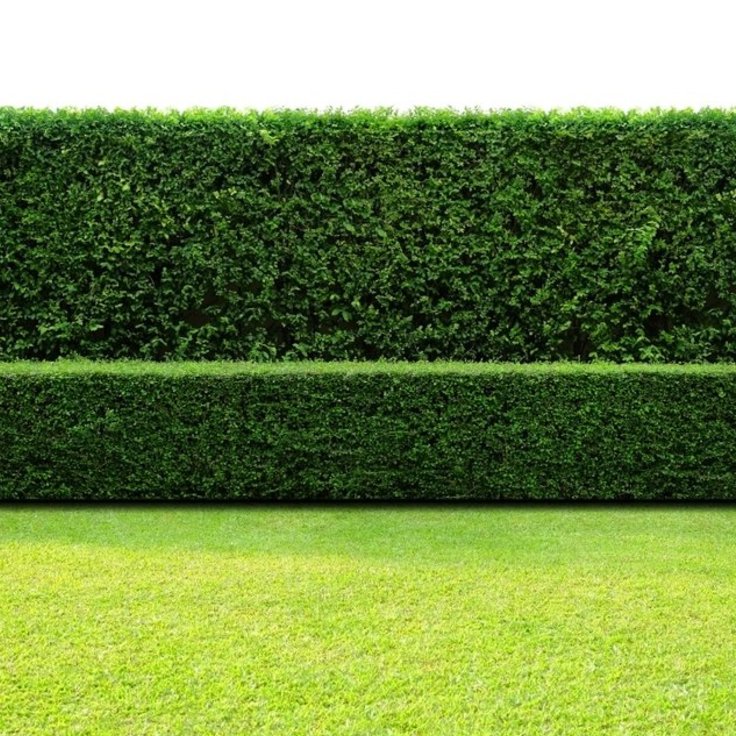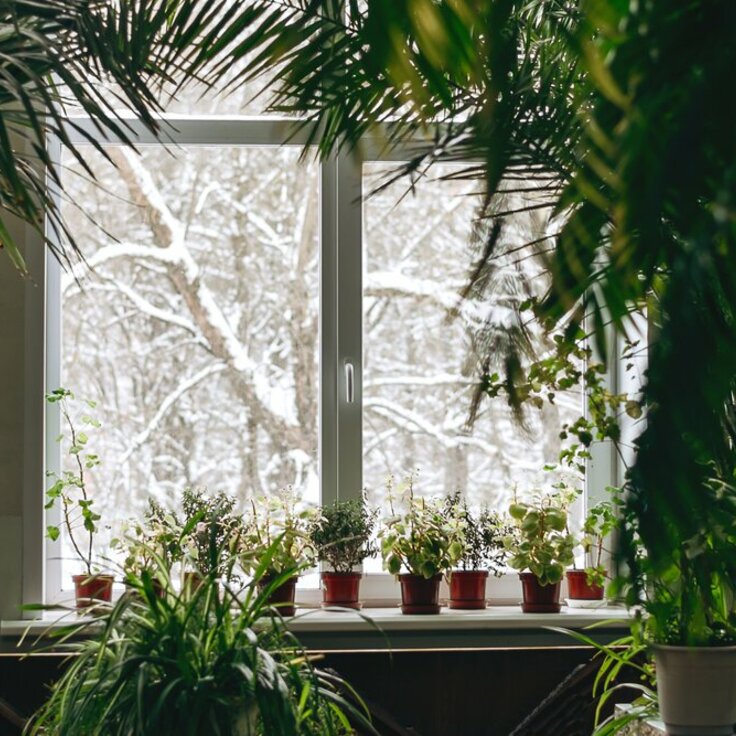Rust Spotters Needed
The Royal Horticultural Society (RHS) is working with the Sylva Foundation to run a survey in the TreeWatch initiative to map the incidences of European pear rust across the country. Over the last ten years the RHS Advisory Service has seen a steady increase in enquiries suggesting that the fungus is spreading and gardeners are becoming more concerned about its effects.
Both charities are encouraging gardeners to get involved with this survey which is being run between May and September. Anyone wanting to help or provide information can visit: www.TreeWatch.com/pearrust or send samples to the RHS Advisory Service.
European pear rust is a disease caused by the fungus Gymnosporangium sabinae. Like many rusts, it needs two hosts to complete its life cycle. It causes striking orange spots on pear leaves during summer. Junipers are the second host and infected plants produce orange, jelly-like, horn-like outgrowths in spring which produce spores.
“We are keen for gardeners to get involved with this survey because we need to find out why the fungus is increasing in frequency,” says John David, RHS Acting Head of Science. “Having better records will help us understand the biology behind this fungus and therefore in turn hopefully how to control it.”
Chief Executive of Sylva, Dr Gabriel Hemery, says "We are delighted to be working with the RHS again this year to support this important survey. With an increasing number of pests and pathogens impacting the health of our trees, the power of the citizen scientist is coming to the fore. Our collaboration during 2011 resulted in some important data that has now been shared with the National Biodiversity Network: the first time that disease data has been shared with this important national resource."


